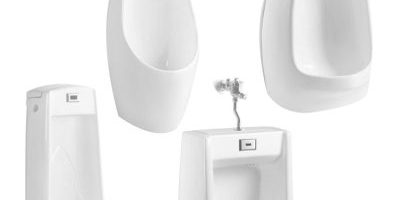Urinals have a rich history dating back centuries. In this article, we take a journey through time to explore the evolution of urinals from ancient times to their modern incarnations:
- Ancient Origins: The concept of urinals can be traced back to ancient civilizations like the Romans, who used communal troughs. These early versions were basic and lacked the advanced features we see today.
- Medieval Chamber Pots: During medieval times, chamber pots served as indoor urinals. These were portable containers used in bedrooms and were emptied manually.
- 19th Century Advancements: The 19th century saw significant advancements in urinal design. Water-flushing urinals began to emerge, improving sanitation and reducing odors.
- Early 20th Century: Porcelain became the preferred material for urinals, offering durability and easy cleaning. Water-saving technologies also started to appear.
- Mid-20th Century: The mid-20th century brought about the widespread use of sensor-activated urinals, adding convenience and reducing water waste.
- Waterless Urinals: In recent decades, waterless urinals have gained popularity for their environmental benefits, revolutionizing restroom design and water conservation efforts.
- Modern Innovations: Today’s urinals incorporate cutting-edge technologies like sensor activation, customizable finishes, and minimalist designs that blend form and function.
- Sustainability Focus: With a growing emphasis on sustainability, urinals continue to evolve to meet water efficiency standards and reduce their environmental impact.
- Hygiene and Touchless Features: The ongoing pandemic has accelerated the adoption of touchless urinals with features like sensor-activated flushing to minimize contact points.
- Design Variety: Urinals now come in a wide variety of shapes, sizes, and finishes, offering businesses and facilities ample choices to match their decor and design preferences.
The history of urinals reflects not only advancements in sanitation but also changing societal norms and preferences. Today’s urinals combine the lessons of the past with modern innovations to create functional and aesthetically pleasing fixtures.








